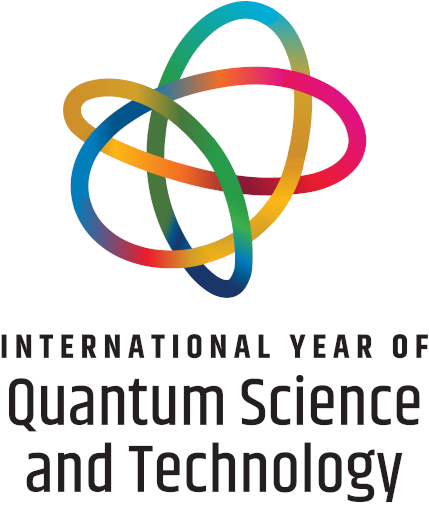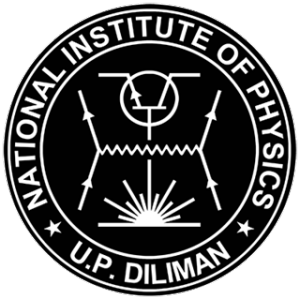Unraveling the sensitivity of a future muon collider to dark Z resonances
Abstract
We explore the sensitivity of a future muon collider to dark Z decaying to e−e+, μ−μ+, τ−τ+, qq̅, W−W+, and ZH at √s = 3 TeV (ℒ = 2ab−1) and √s = 10 TeV (ℒ = 10 ab−1) centre-of-mass energies and projected integrated luminosities. We found that without putting explicit cuts on the background, the muon collider is mostly sensitive in the production mode channel where dark Z decays to W−W+ due to longitudinal W± contributions to the signal cross section. This corresponds to the branching ratio where mass mixing dominates over kinetic mixing. Thus, the muon collider can effectively distinguish dark Z from a dark photon.
Downloads
Issue
Entangled!
25-28 June 2025, National Institute of Physics, University of the Philippines Diliman
Please visit the SPP2025 activity webpage for more information on this year's Physics Congress.
SPP2025 Conference Organizers
SPP2025 Editorial Board
SPP2025 Partners and Sponsors











